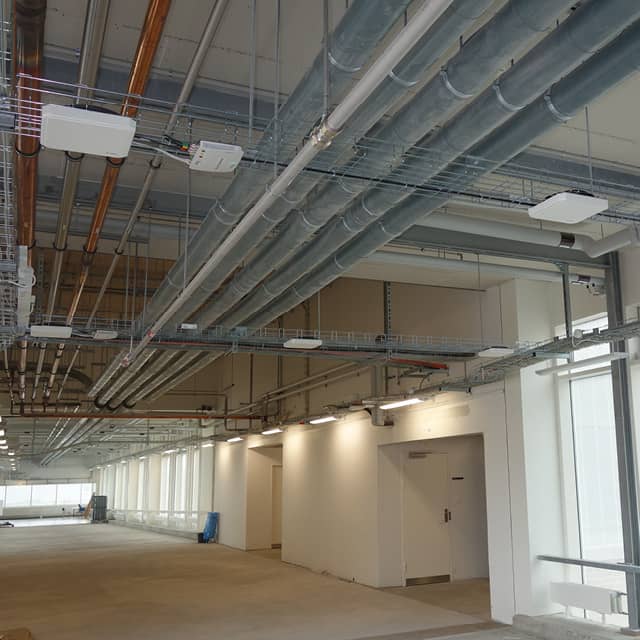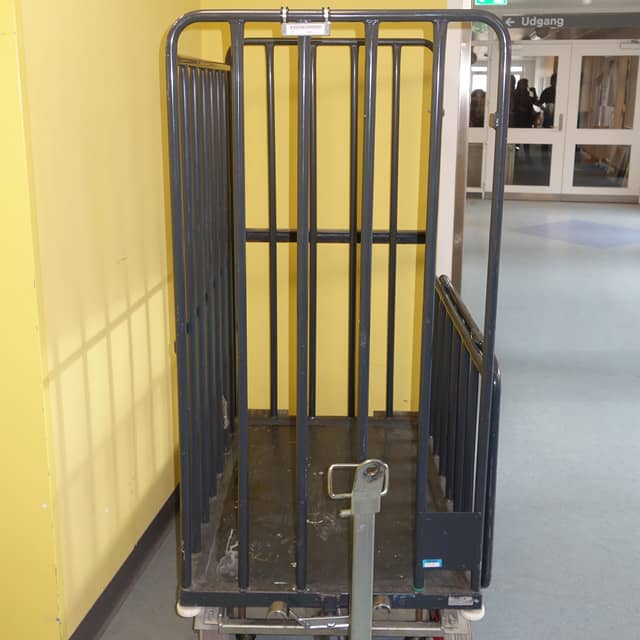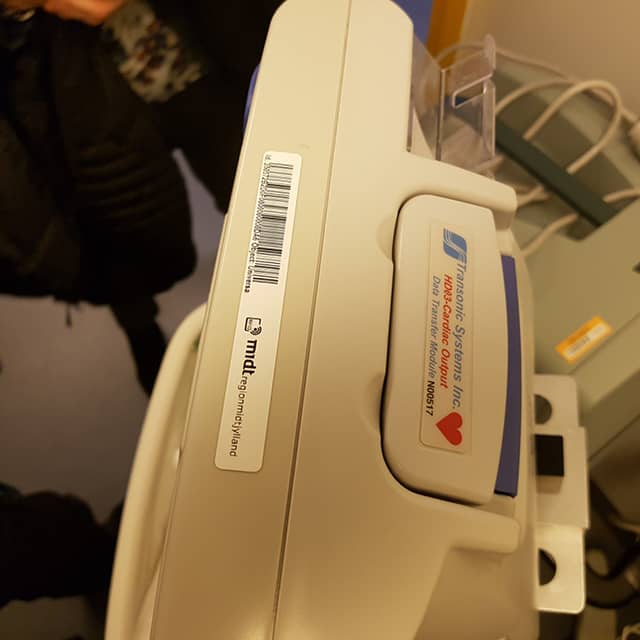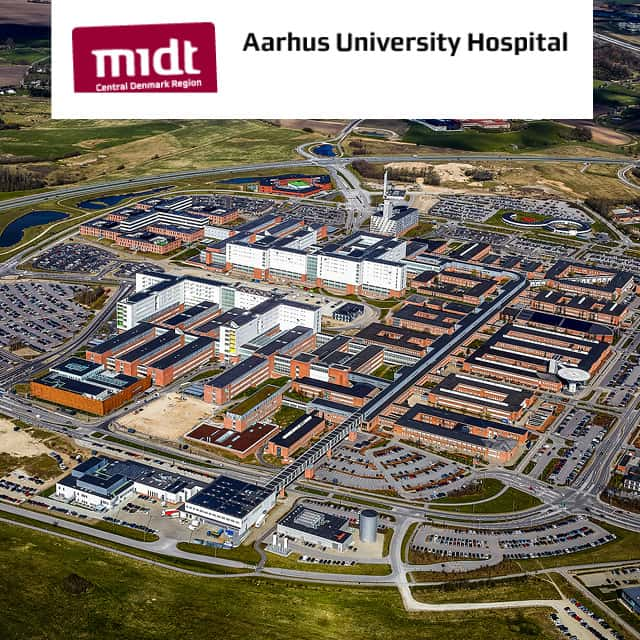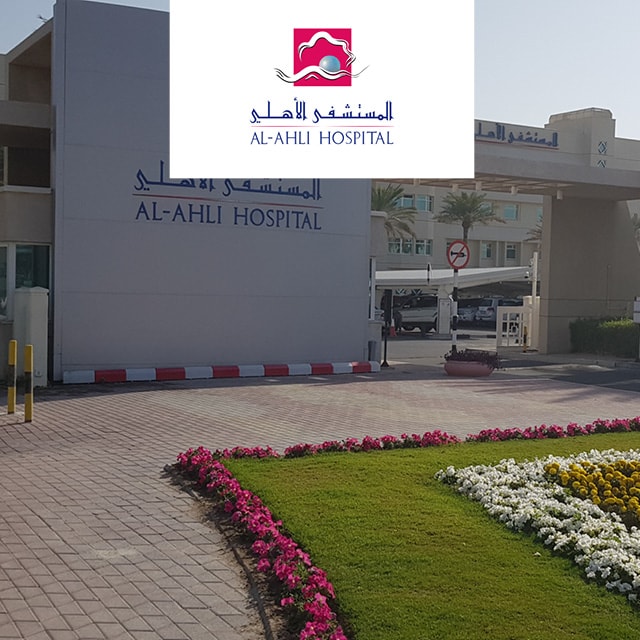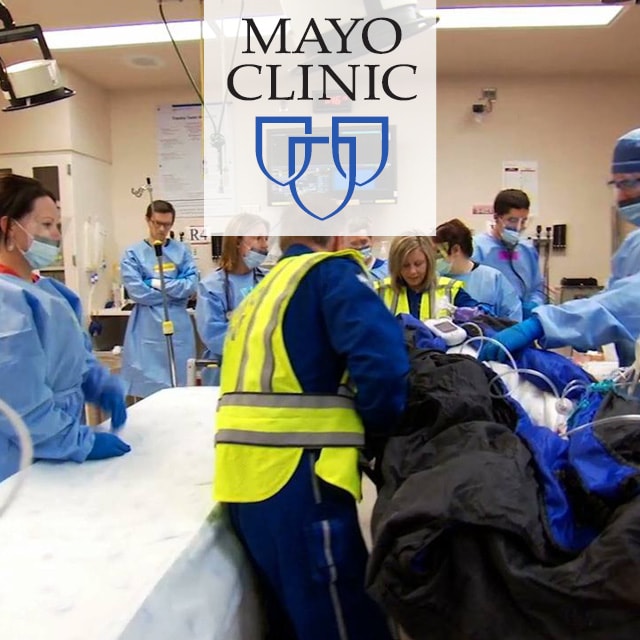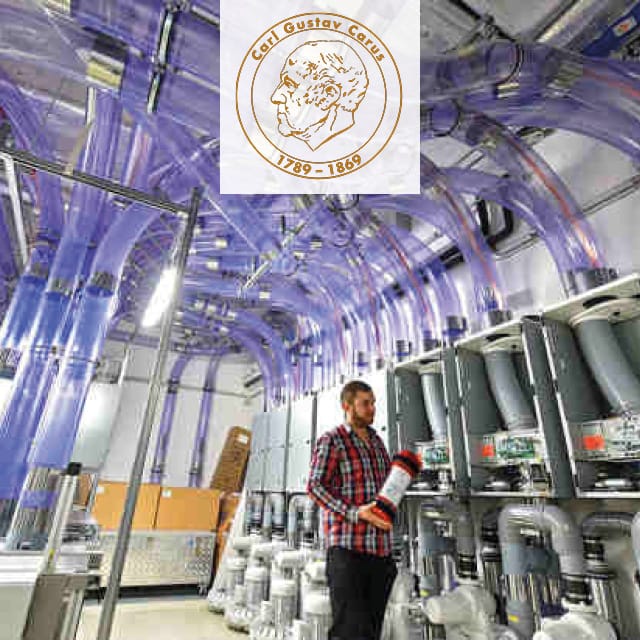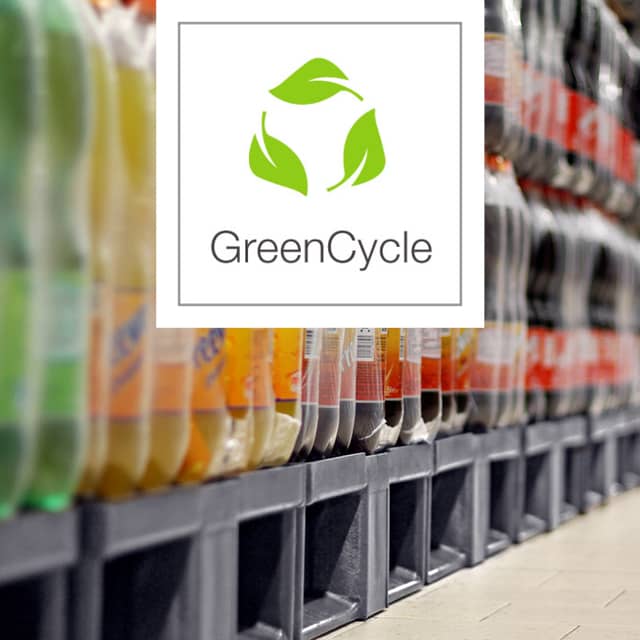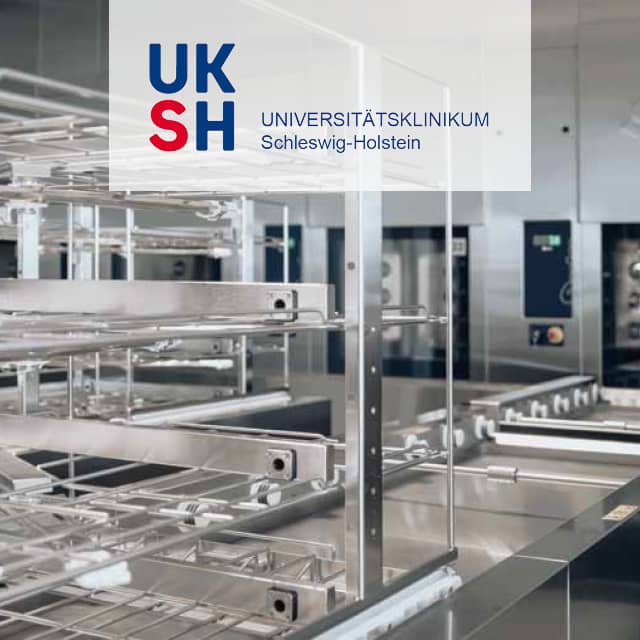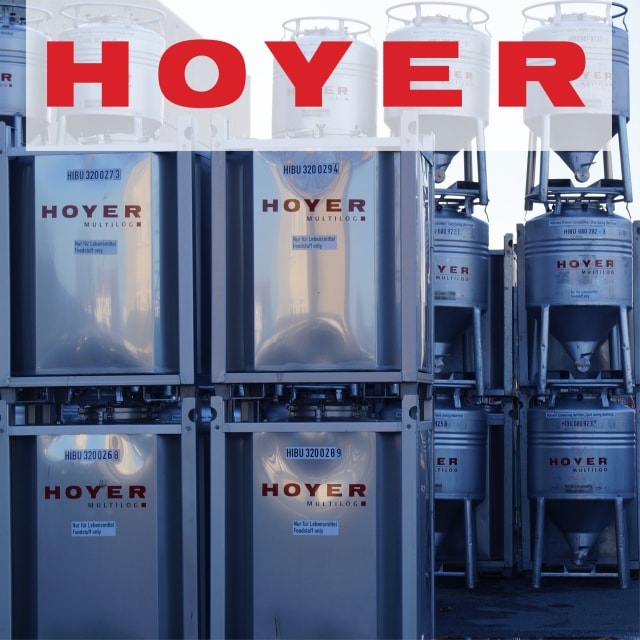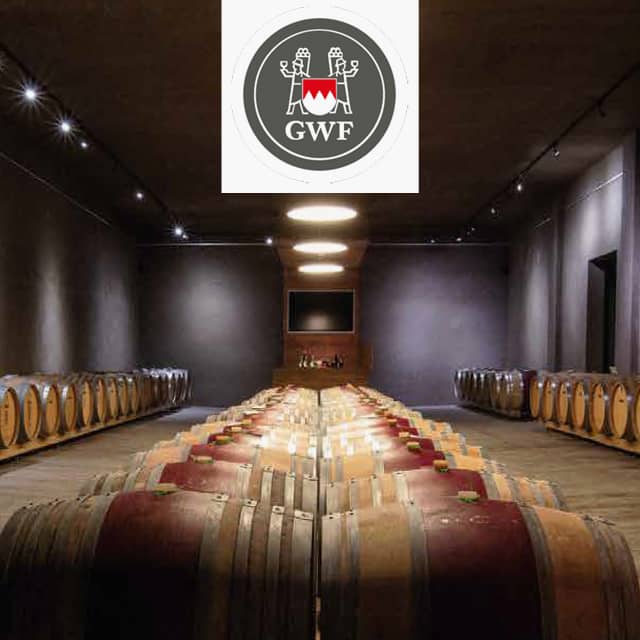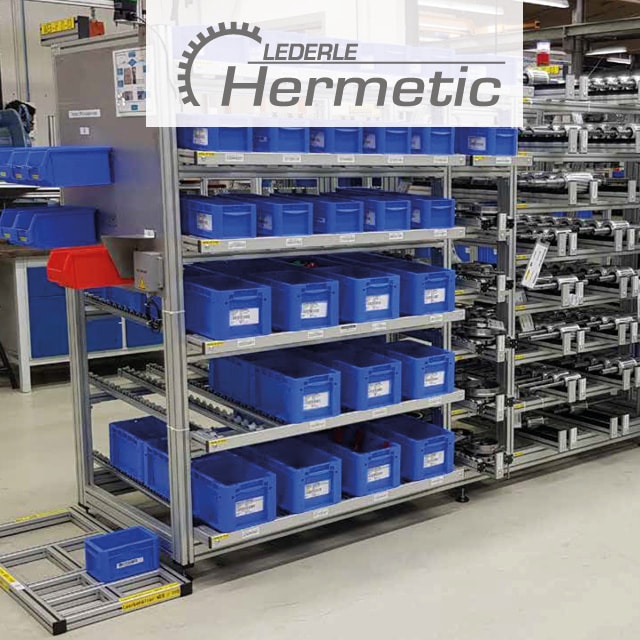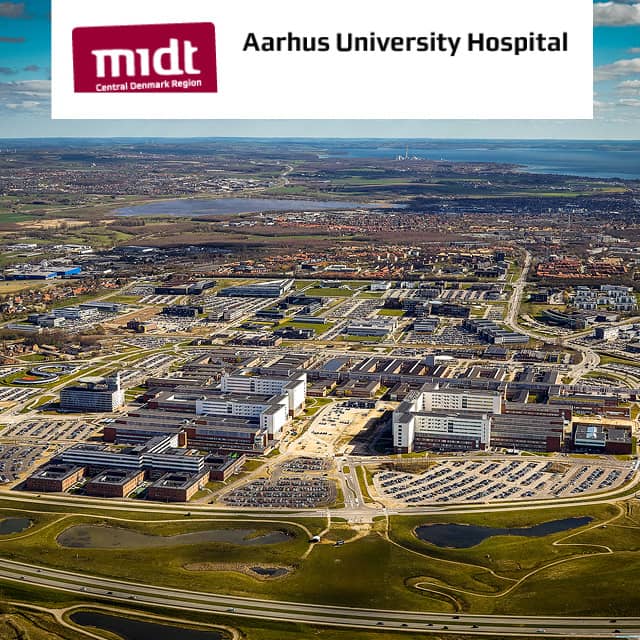
2,000 UHF readers track 3,000 trolleys in Aarhus hospital
In the new construction of the Aarhus University Hospital (DNU) in Denmark, UHF RFID tracking technologies are an integral part of the IT infrastructure. The project is scheduled for completion in 2022.
The comprehensive RFID installation enables the tracking and localization of more than 3,000 trolleys used as load carriers for tools, bedding, clothing, medicine or consumables.
With an area of more than 100 hectares, 10,000 employees and capacities for a total of 4,000 patients per day, the Danish hospital will be one of the largest medical facilities in Northern Europe when fully operational in 2022. The DNU combines the functions of four previous hospitals in a single campus.
Process Requirements
The efficient allocation of personnel resources and tasks to optimize all logistics processes right into the operating room. The time required to localize assets should be reduced.
Objective
- Status and location of trolleys on the entire campus
- Optimization of transit times
- Improved assignment of employees and tasks
- Future localization of wheelchairs, beds, medical equipment and tools.
Solution
In the new building, more than 2,000 stationary UHF RFID readers were installed throughout the hospital. Each UHF reader is connected to two antennas. All of the more than 3,000 trolleys are tagged with a UHF RFID label. As a result of an electromagnetic compatibility test, the UHF RFID readers must be switched off in the appropriate department if an ultrasonic flowmeter is used.
The comprehensive recording of every trolley tagged with a label via a task management system enables the retrieval of status information such as load and location. Asset tagging does not affect medical devices. Passive UHF tags are inert as long as no reader is nearby. In Aarhus, it was shown that electromagnetic compatibility is an important part of the IT architecture.
Technology Partner
Hardware & Software
Advantages
- Status and location of each individual trolley/asset can be retrieved in the task management system with a single click
- Optimization of trolley utilization through improved assignment of employees and tasks
- Reduction of idle time and travel time
- Passive UHF RFID tags do not require batteries, are durable and resistant, for example to cleaning processes.
- One-time investment in the comprehensive detection technology allows unlimited activation of additional tracking & tracing applications.
Learn More
Questions? Get in contact with the editorial team!
Technologies
Application Fields


